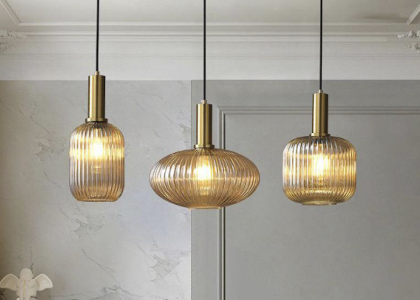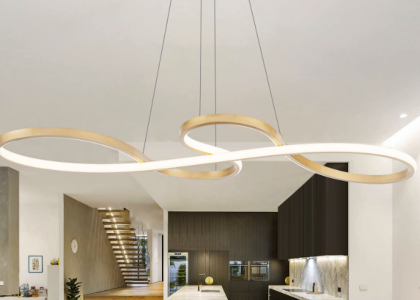The Victorian era saw a resurgence of interest in traditional building materials such as brick, particularly in the United Kingdom and the United States. Victorian architects and homeowners viewed brick as a sturdy, durable material that could withstand the test of time. They often paired it with intricate architectural details and patterns to create stunning homes and buildings.
History of Victorian Red Brick
The use of brick in architecture dates back to ancient civilizations such as the Greek and Roman empires. However, it was during the Victorian era that brick became a popular material for construction. This was due to several factors, including the development of new brick-making technologies, the expansion of railways that made it easier to transport building materials, and the influence of the Gothic Revival style.
In the United Kingdom, red brick became the preferred material for construction during the Victorian era. This was due to the abundance of clay in many parts of the country, which made it a cost-effective and readily available material.
Characteristics of Victorian Red Brick
Victorian red brick is known for its deep, rich color that varies from shades of orange to deep red. The color comes from iron in the clay used to make the bricks. The bricks are often irregularly shaped and have rough surfaces, giving them a rustic, handmade quality.
Victorian architects often used brick in combination with other materials such as stone or stucco. They also incorporated intricate patterns and details into the brickwork, such as corbelling, dentil molding, and decorative arches.
Examples of Victorian Red Brick Architecture
Victorian red brick can be found in many historic buildings around the world, from grand homes to public buildings. Here are a few notable examples:
The Houses of Parliament, London
The Houses of Parliament is one of the most famous examples of Victorian red brick architecture. The building, which houses the British Parliament, was constructed between 1840 and 1870 using over two million red bricks. The intricate brickwork features Gothic Revival details such as pointed arches, tracery, and pinnacles.
The Rookery Building, Chicago
The Rookery Building is a Chicago landmark that was designed by architects Burnham and Root in 1888. The building features a stunning red brick façade with ornate cast-iron details. The lobby of the building was redesigned by Frank Lloyd Wright in 1905, featuring a stunning skylit atrium that has become a popular tourist attraction.
St. Pancras Station, London
St. Pancras Station is a Victorian masterpiece that combines brick, cast iron, and stonework. The station, which opened in 1868, features a stunning red brick façade with intricate Gothic details such as pointed arches and tracery. The station was saved from demolition in the 1960s and underwent a major restoration in the 2000s.
The Enduring Appeal of Victorian Red Brick
The use of Victorian red brick has endured throughout the centuries, with many architects and homeowners still choosing the material for new construction and restoration projects. The unique character and beauty of Victorian red brick continue to captivate people, and the material remains a symbol of the Victorian era’s architectural legacy.
Whether used in grand public buildings or quaint homes, Victorian red brick stands the test of time and remains a beloved symbol of architectural history and tradition.




